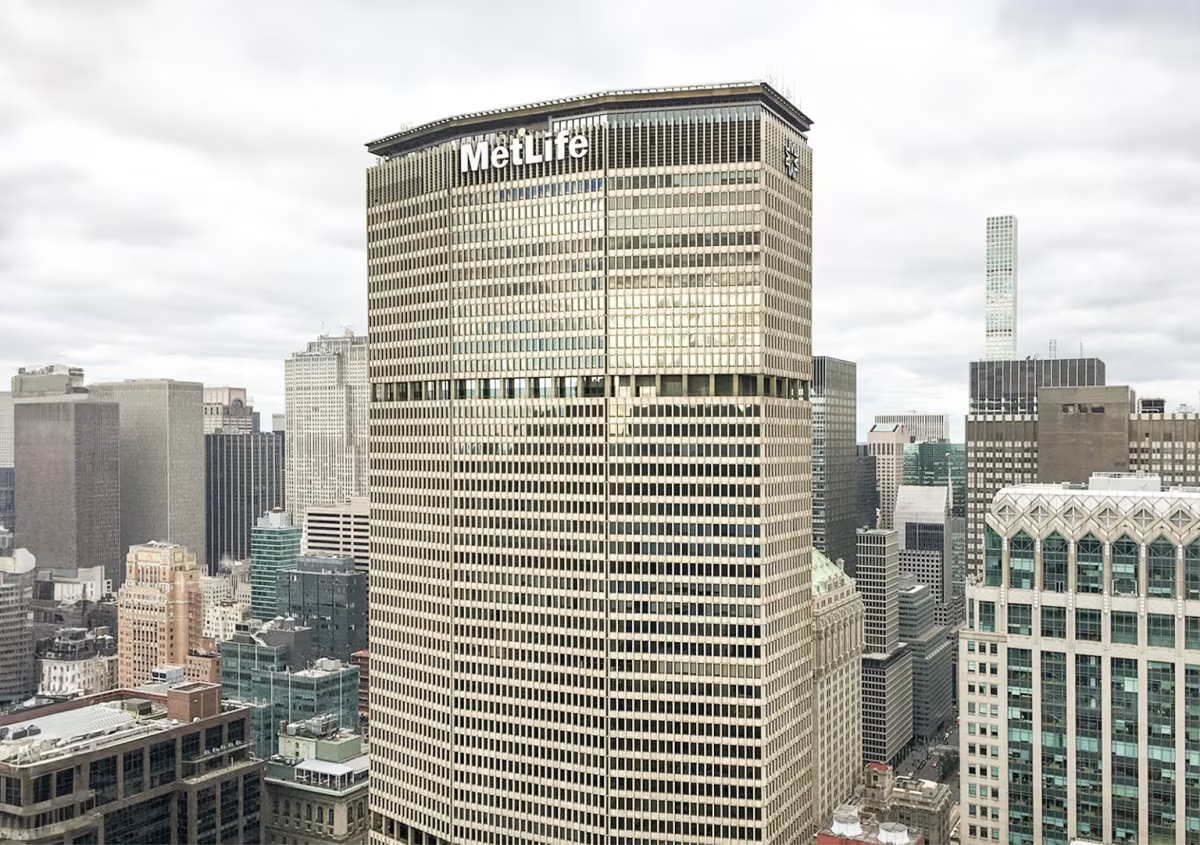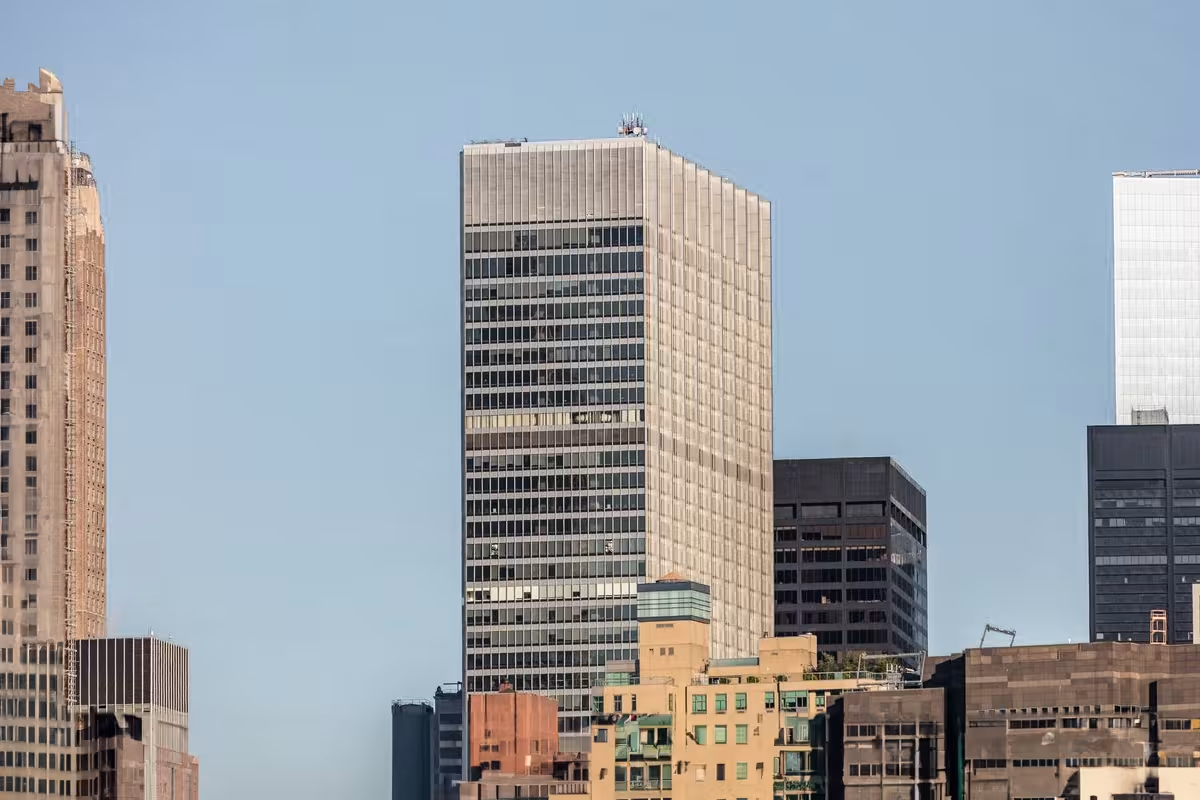MetLife Building vs One Chase Manhattan Plaza Building


Comparing the MetLife Building and the One Chase Manhattan Plaza Building is interesting because they both stand in New York, NY, and were completed within 2 years of each other, but they were designed by different architects.
This offers a unique glimpse at how rival designers approached projects in the same city during the same era.
Height & Size
The One Chase Manhattan Plaza Building is clearly the larger tower of the two, both in terms of height and number of floors. It rises to 814ft (248m) with 60 floors above ground, while the MetLife Building reaches 807ft (246m) with 59 floors above ground.
Despite being taller and having more floors, One Chase Manhattan Plaza Building has less total built-up area than MetLife Building.
Of course, each project may have faced different briefs or regulatory constraints, which we don't really know about and could also explain the outcome.
Architectural Style
Both the MetLife Building and the One Chase Manhattan Plaza Building were designed in line with the aesthetic conventions of the International Style style.
At the time, this style was at the height of its popularity. So both Emery Roth & Sons and Skidmore, Owings & Merrill followed what was in many ways expected of them, producing designs that fit comfortably within contemporary architectural norms, rather than breaking with convention.
Uses
Both the MetLife Building and the One Chase Manhattan Plaza Building were designed to serve as commercial towers, and that has remained their main use since their completion, serving similar roles in the urban fabric.
The MetLife Building also provides 315 parking spaces.
Structure & Facade
The two towers rely on different structural systems, reflecting distinct engineering strategies.
The MetLife Building uses a Frame structural system, which relies on a regular grid of columns and beams to sustain its weight, while the One Chase Manhattan Plaza Building uses a Framed Tube In Tube system, that combines a strong central core with a perimeter tube of columns.
Yet, when it comes to their facade, they both employed the same solution, a Curtain Wall facade.
A curtain wall is a non-load-bearing facade hung from the structural frame. It is anchored to floor slabs and transfers only its own weight and wind loads, allowing for sleek, glassy exteriors.
| MetLife Building | One Chase Manhattan Plaza Building | |
|---|---|---|
| Emery Roth & Sons | Architect | Skidmore, Owings & Merrill |
| 1958 | Design Started | 1955 |
| 1959 | Design Ended | 1956 |
| 1960 | Construction Started | 1957 |
| 1963 | Year Completed | 1961 |
| International Style | Architectural Style | International Style |
| Commercial | Current Use | Commercial |
| 59 | Floors Above Ground | 60 |
| 246 m | Height (m) | 248 m |
| 292000 | Built-up Area (m²) | 208103 |
| Frame | Structure Type | Framed Tube In Tube |
| Reinforced Concrete | Vertical Structure Material | Steel |
| Reinforced Concrete | Horizontal Structure Material | Reinforced Concrete |
| No | Facade Structural? | Yes |
| Concrete, Quartz, Glass | Main Facade Material | Aluminum, Glass |
| Diesel Construction Company | Main Contractor | Turner Construction |
| Hideo Sasaki | Landscape Architect | Dan Kiley Landscape |
| James Ruderman | Structural Engineer | Weiskopf & Pickworth |
| NY | State | NY |
| New York | City | New York |
| 200 Park Avenue | Address | 28 Liberty Street |